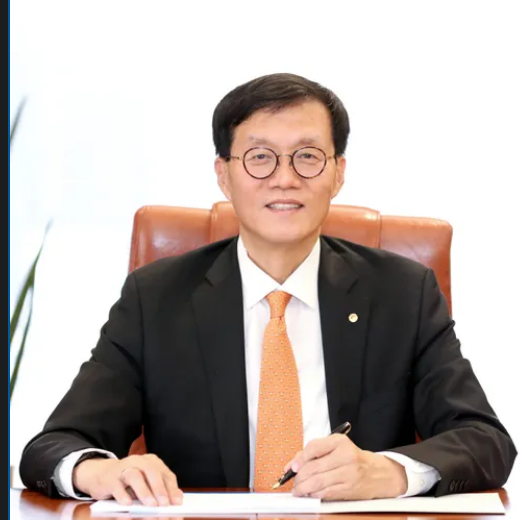Bank of Korea

Bank of Korea Old Main Building

Bank of Korea Main Building and New Annex
Functions of the Bank of Korea
As the central bank of South Korea, the Bank of Korea is responsible for designing and implementing monetary and credit policies, conducting research on the domestic and international economy and financial markets, and managing the soundness of the financial system. It is also responsible for operating the payment and settlement system, producing economic statistics, issuing won, managing foreign exchange reserves, and cooperating with international financial organizations. To control the volume of money and stabilize prices, the BOK operates the open market operation, the Yeosin system, and the reserve requirement ratio system, including the adjustment of the benchmark interest rate.
The power to issue money, or fiat currency, is one of the most powerful tools a country has to influence its economy and financial markets. Controlling the amount of money through the power to print is a key part of monetary policy, which can spur economic growth and temporarily cool the economy. However, excessive monetary expansion can lead to rapid inflation and financial market instability.
Governments may be tempted to constantly increase the amount of money in order to boost economic growth, but this risks causing inflation and financial market instability in the long run. Therefore, it’s important to keep the amount of money under control regardless of the political situation. Economic studies have shown that the more independent monetary policy is, the more stable a country’s economy is. That’s why countries have given their central banks the power to conduct monetary policy independently of the government. Central banks regulate the amount of money with price stability as a key goal, and they play an essential role in the global financial system.
Central banks need to stay on top of economic conditions at home and abroad, and are responsible for conducting surveys and research on economic and financial conditions. These surveys and studies ensure that the central bank has an accurate understanding of the macroeconomy and can utilize its unlimited issuing power to support financial institutions when necessary. Since the Great Recession, the role of central banks has expanded to include financial stability and strengthening the stability of payment and settlement systems.
History of the Bank of Korea
The history and development of the Bank of Korea is a fascinating and important part of the country’s history from the Korean Empire to the present day. During the Korean Empire, the introduction of modern economic systems led to the establishment of Korea’s first central bank, but it failed for political and economic reasons. In 1907, the Gyeongseong branch of Japan’s First Bank of Japan became the de facto central bank, leading monetary policy on the Korean Peninsula. In 1909, the Korean Empire established the Bank of Korea, but the country’s sovereignty was lost in 1910.
The Japanese Empire ruled Korea as a colony from 1910 to 1945, naming its central bank the Bank of Korea and implementing its financial policies. The Bank of Korea’s financial policies centered on Japan’s shipbuilding business, and during the Pacific War, it implemented policies to use the Korean Peninsula as a logistical base.
After the liberation of Korea in 1945, the establishment of a central bank became an urgent issue in the country. In response, the Bank of Korea Act was enacted as Law No. 138 on May 5, 1950, and came into effect on the 26th of that month. It is considered to be a key step in the country’s financial stability and economic development.
The former Chosun Bank building, now a numismatic museum, was designed by Western-style architect Gingo Tatsuno. The building shares the same architectural style as Tokyo Station, the Bank of Japan, and the former Busan Station in Japan, and its location in the heart of Myeongdong symbolizes its importance as a central bank in the past.
As such, the Bank of Korea’s history has played an important role in the development of the Korean economy and finance, and its importance continues today.
Bank of Korea Organization Chart

The 27th Governor of the Bank of Korea

Born: May 6, 1960, Nonsan-gun, Chungcheongnam-do, South Korea
Main Building: Deoksoo Lee
Current Position: Governor of the Bank of Korea
Chairman of the Global Financial System Committee
Education: Seoul National University, College of Social Sciences (B.A. Economics)
Harvard University Graduate School (Ph.D. in Economics)
Career: Assistant Professor of Economics, University of Rochester
Professor of Economics, Seoul National University
Head of the Economic Division of the Presidential Transition Commission (Lee Myung-bak administration)
Vice Chairman of the Financial Services Commission
Head of the Planning and Coordination Unit of the G20 Summit Preparatory Committee
Chief Economist, Asian Development Bank
Director of Asia-Pacific Department, International Monetary Fund





